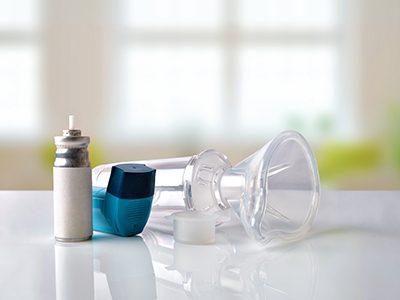Picture imperfect: Eliminating asthma triggers through smartphones

Children’s National is among five awardees sharing $10 million in funding under Fannie Mae’s Sustainable Communities Innovation Challenge: Healthy Affordable Housing, a national competition to identify innovative ideas to help children and families enjoy safer homes. Fannie Mae made the funding announcement on May 21, 2019.
Children’s funding will underwrite a pilot program to use smartphones to enable virtual home visits, leveraging the skills of Children’s pediatric asthma specialists, health educators and community housing remediation specialists who will video conference with families in the home to identify potential housing asthma triggers.
According to the Centers for Disease Control and Prevention, 1 in 12 children and adolescents (6 million) have asthma, and one in six children with asthma visit the emergency department each year. In Washington, D.C., substandard housing can play an outsized role in triggering asthma exacerbations. Asthma-related hospital visits are 12 times higher in the city’s poorest neighborhoods, compared with affluent ZIP codes.
Working with community partners, Children’s faculty aim to eliminate asthma triggers right at the source, improving children’s well-being and creating healthier homes.
Right now during in-home visits, staff look for holes under kitchen sinks and gaps in the walls or flooring where pests and vermin might enter as well as leaks where mold and mildew can bloom. These systematic visits yield detailed notes to best direct resources to remediate those housing woes. The in-person visits however, are labor intensive and require delicate diplomacy to first open doors then to point out potential asthma triggers without coming off as judgmental.
“The beauty of our innovation is that residents can show us these same problematic locations using their smartphones, facilitating our efforts to target resources for that household. It’s a win for Children’s families because eliminating asthma triggers in the home means our kids will miss fewer school days, improving their lives and overall health,” says Ankoor Y. Shah, M.D., MBA, MPH, medical director for Children’s IMPACT DC Asthma Clinic.
Children’s collaborative project includes a number of partners, including:
- BreatheDC, a non-profit that fights all forms of lung disease
- Local Initiatives Support Corporation of DC, the nation’s largest community development support organization
- The Institute of Public Health Innovation, a non-profit whose work enhances conditions in which people live, work and play
- Yachad, which preserves affordable housing
- IMPACT DC, Children’s award-winning pediatric asthma program
- Child Health Advocacy Institute, based at Children’s National
- Goldberg Center for Community Pediatric Health, Children’s primary care practices and
- Children’s Telemedicine, which delivers health care remotely using technology.
Dr. Shah says the project will start in July 2019 with the pilot of virtual home visits starting in early 2020. This proof-of-concept model will hopefully be able to be replicated in other cities across the country.





